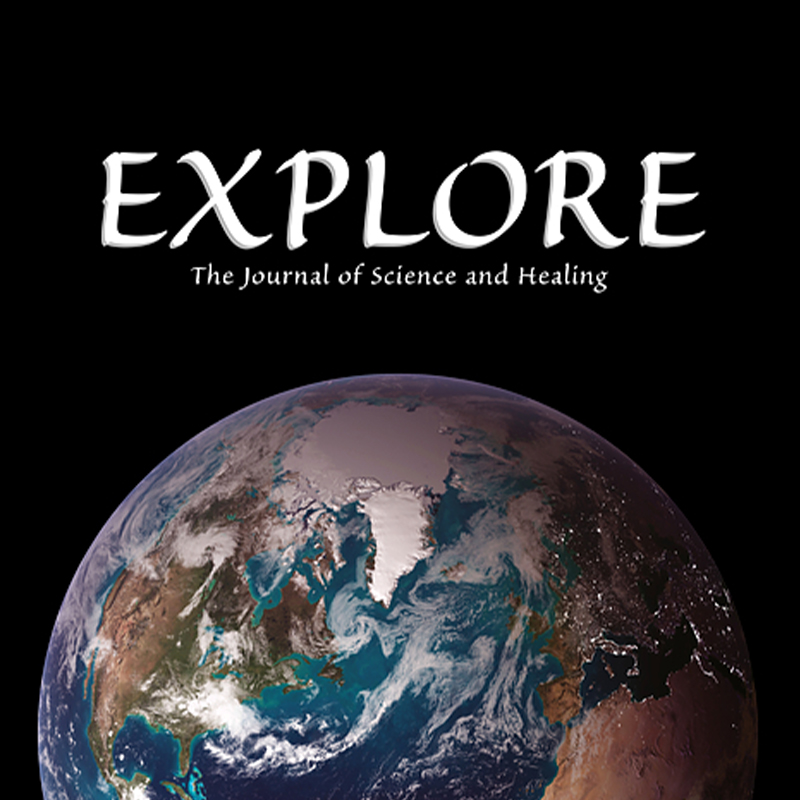Wahbeh, H., Radin, D., Mossbridge, J., Vieten, C., Delorme, D. (2018). Exceptional experiences reported by scientists and engineers. EXPLORE, 14(5), 329-341.
https://doi.org/10.1016/j.explore.2018.05.002
Context
Throughout history people have reported exceptional experiences that appear to transcend the everyday boundaries of space and time, such as perceiving someone’s thoughts from a distance. Because such experiences are associated with superstition, and some violate currently accepted materialist conventions, one might assume that scientists and engineers would be much less likely to report instances of these experiences than the general population.
Objectives
To evaluate 1) the prevalence of exceptional human experiences (EHEs), 2) the level of paranormal belief, 3) the relationship between them, and 4) potential predictors of EHEs in three groups.
Participants
Potential volunteers were randomly selected to receive invitations for an anonymous survey.
Main Measures
Data were collected on 25 different types of EHEs, demographics, religious or spiritual affiliations, paranormal beliefs, mental health, and personality traits. Group differences were analyzed with chi-square tests and analysis of variance, and predictors were evaluated with a general linear model.
Results
94.0% of the general population (n = 283), 93.2% of scientists and engineers (n = 175), and 99.3% of enthusiasts (n = 441) endorsed at least one EHE (X2(2) = 21.1, p < 0.0005). Paranormal belief was highest in EHE enthusiasts, followed by scientists and the general population (F(2,769) = 116.2, p < 0.0005). Belief was positively correlated with experience (r = 0.61, p < 0.0005). An exploratory general linear model showed that variables such as mental health, personality, impact and family history predict the endorsement and frequency of EHEs. This study indicates that EHEs occur frequently in both the general population and in scientists and engineers.
CLICK HERE TO SEE THIS PAPER’S IMPACT!
